It’s 3 a.m. at the airport. You’re rushing through security with your carry-on, your passport, and a small pill organizer full of your daily meds. You glance at the TSA officer, wondering: Do I need to keep my meds in their original bottles? The answer isn’t simple. And if you get it wrong, you could face delays, confiscated meds, or even legal trouble - especially if you’re flying abroad.
Why Original Containers Matter More Than You Think
The TSA doesn’t legally require you to keep prescription medications in their original bottles. That’s a fact you’ll find on their website. But here’s what they don’t tell you: just because you can doesn’t mean you should. Most travelers assume TSA is the only rule that matters. It’s not. State laws, international customs, airline policies, and even pharmacy regulations all play a role. In 37 U.S. states - including California, New York, and Texas - it’s illegal to carry prescription drugs outside their original containers. That means even if you’re just flying from New York to Florida, you could technically be breaking the law if your pills are in a plastic case with no labels. And internationally? It’s a different world. In Japan, Sudafed (pseudoephedrine) is banned. In Singapore and the UAE, codeine is a controlled substance. Adderall and Ritalin? Illegal in multiple European and Middle Eastern countries. If you’re caught with them in a pill organizer, you might not just lose your meds - you could be detained. Original containers solve this. They have the pharmacy name, your name, the doctor’s name, the drug’s generic and brand name, dosage, and expiration date. That’s the exact info customs officers need to verify your meds are legitimate. A 2023 study by the International Association for Medical Assistance to Travelers found that travelers with medications in original containers had 73% fewer delays at customs than those using pill organizers.What TSA Actually Allows (And What They Recommend)
TSA says you can bring any amount of solid medication - pills, capsules, tablets - in your carry-on. No limits. No need for original bottles. You can use a pill organizer, a Ziploc bag, or even a small container you bought at the drugstore. But here’s the catch: TSA officers aren’t doctors or pharmacists. When they see a small plastic case with 20 white pills, they don’t know if it’s ibuprofen, Adderall, or something dangerous. They have to stop you. They have to ask. They have to call a supervisor. And that’s when your 10-minute security line turns into a 45-minute wait. According to research from Johns Hopkins University, travelers who showed medications in original containers with labels passed through screening 42% faster than those using unlabeled organizers. That’s not a small difference. That’s time you can’t get back - especially if you’re connecting flights or running late. TSA’s own security experts say it plainly: “You don’t need original bottles, but we recommend them.” Why? Because it makes their job easier. And when their job is easier, yours is too.Liquid Medications: The Real Nightmare
Liquids are a different story. TSA allows more than 3.4 ounces of liquid medication - but only if you declare it at the start of screening. That means telling the officer, “I have medically necessary liquids.” Don’t wait for them to ask. Say it upfront. Insulin, liquid antibiotics, liquid pain relievers, even liquid vitamins - all of these are allowed in larger amounts. But they must be clearly labeled. A vial of insulin with no label? That’s a red flag. A bottle of liquid cough syrup with no name or dosage? You’re going to get questioned. And here’s something many travelers don’t know: never put medication in checked luggage. United Airlines, the Cleveland Clinic, and the International Air Transport Association all warn against it. Checked bags can sit in uncontrolled cargo holds for hours. Temperatures can drop below freezing or spike above 100°F. Insulin, epinephrine auto-injectors, and many other meds can degrade or become useless. One 2023 report found that 17.3% of medications placed in checked bags experienced temperature excursions beyond what the manufacturer allows.
International Travel: The Rules Change Every Country
If you’re flying outside the U.S., forget TSA. You’re now dealing with customs and border control in another country. And their rules are stricter, weirder, and often not written in English. The U.S. Department of State lists 187 countries with specific medication restrictions. Here are a few real examples:- Japan: Max 1-month supply of any medication. No prescriptions from outside Japan accepted. Adderall? Banned.
- United Kingdom: You can only bring a 30-day supply without a special permit. Even then, you need proof it’s for personal use.
- Thailand: Codeine is a controlled narcotic. Even cough syrup with codeine can get you arrested.
- UAE: Benzodiazepines like Xanax and Valium require prior approval. No exceptions.
- South Korea: ADHD medications are illegal. Period.
What to Bring: The Checklist
Here’s what you actually need to pack - not what you *think* you need:- Original prescription bottles for all medications - even over-the-counter ones if they’re part of your regular regimen.
- A copy of your prescription - printed, not just on your phone. Include the generic name, dosage, and prescribing doctor.
- A doctor’s letter on official letterhead. It should state your condition, list your meds, and confirm they’re for personal use. Include the doctor’s license number and contact info.
- Extra medication - at least 2-3 days’ worth beyond your trip length. Delays happen. Flights get canceled. You don’t want to run out in a foreign country where your meds aren’t available.
- For liquids: Keep them in original bottles. Declare them at the start of screening. Ice packs are allowed, but you must say you have them.
- For temperature-sensitive meds: Talk to your pharmacist. Ask if you need a cooler. Some pharmacies sell travel-sized insulated pouches.
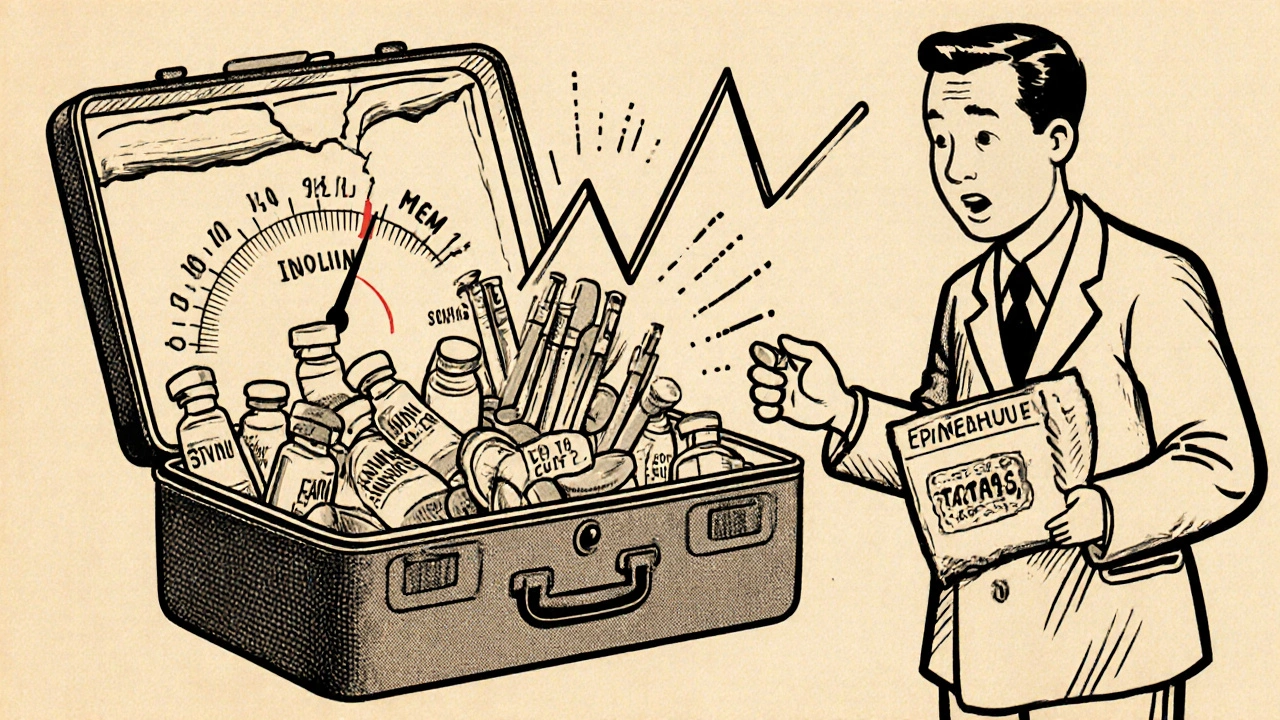
What Happens If You Get Caught?
Most of the time, you’ll just be asked to show documentation. You’ll hand over your prescription and doctor’s letter. They’ll check it. You’ll be on your way. But if you’re caught with a banned substance - even if it’s legal in the U.S. - you could face:- Confiscation of your meds
- Detention for questioning
- Fines
- Being denied entry
- In extreme cases, arrest

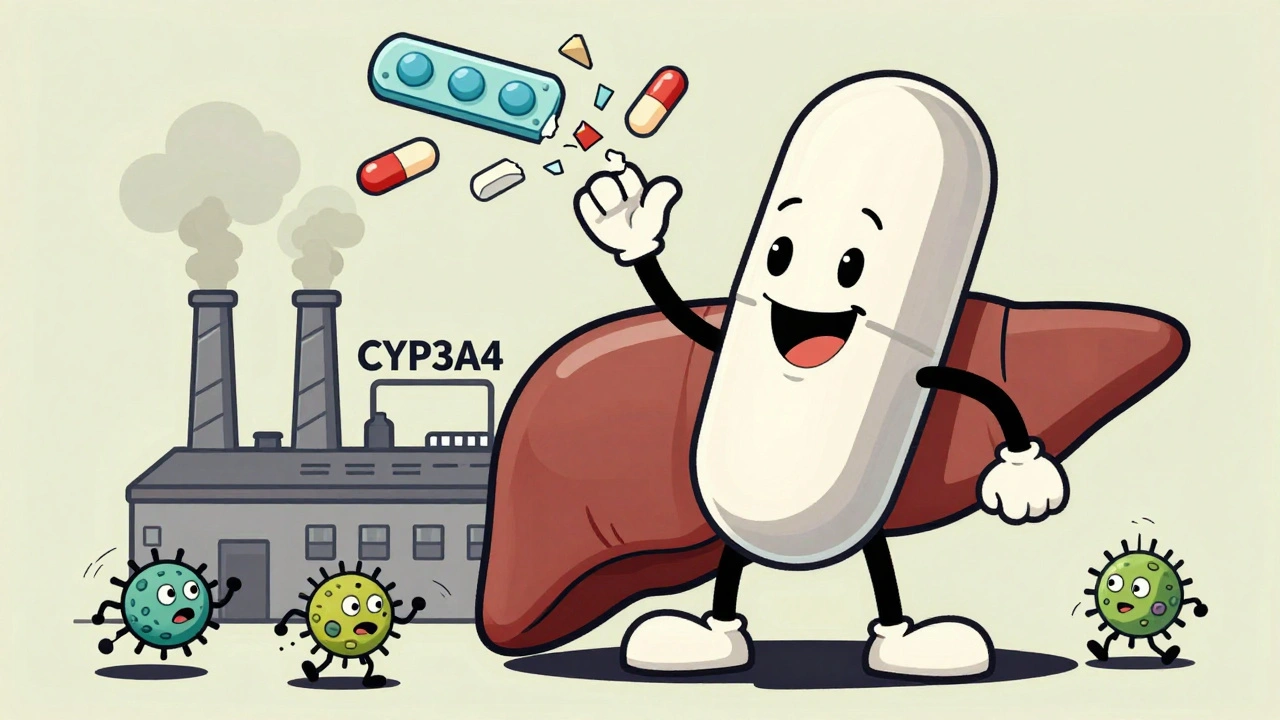
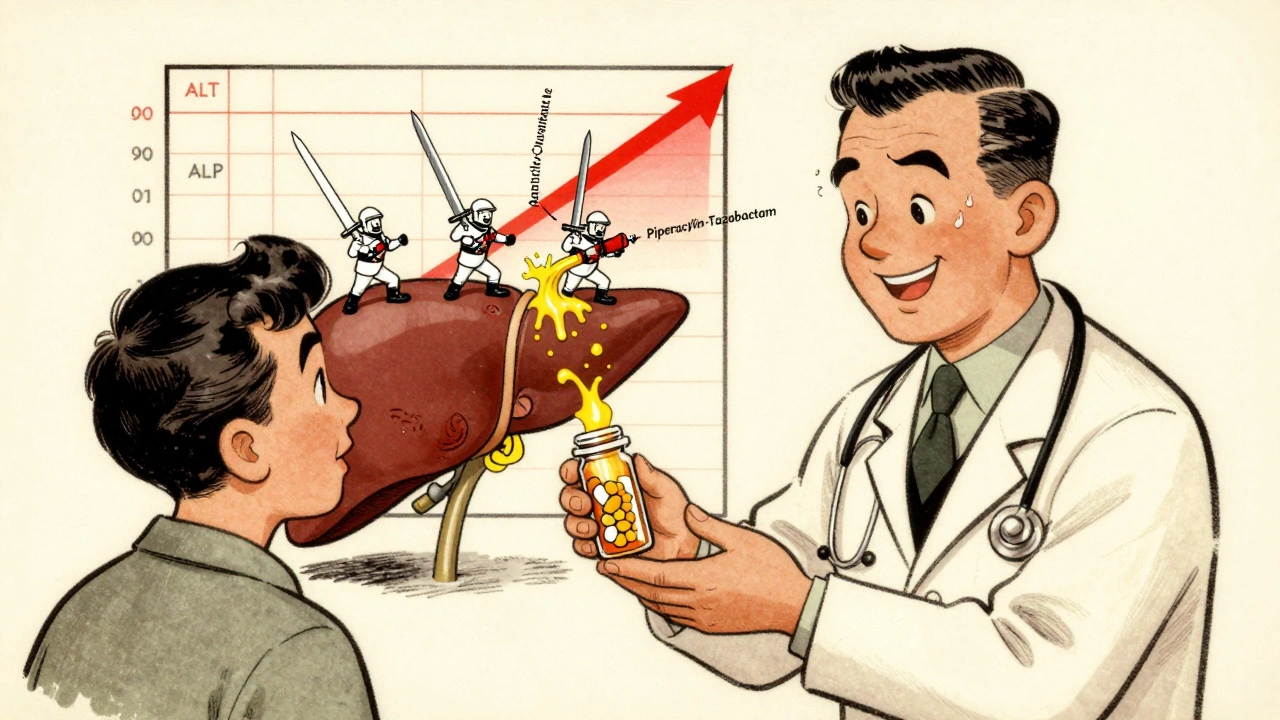
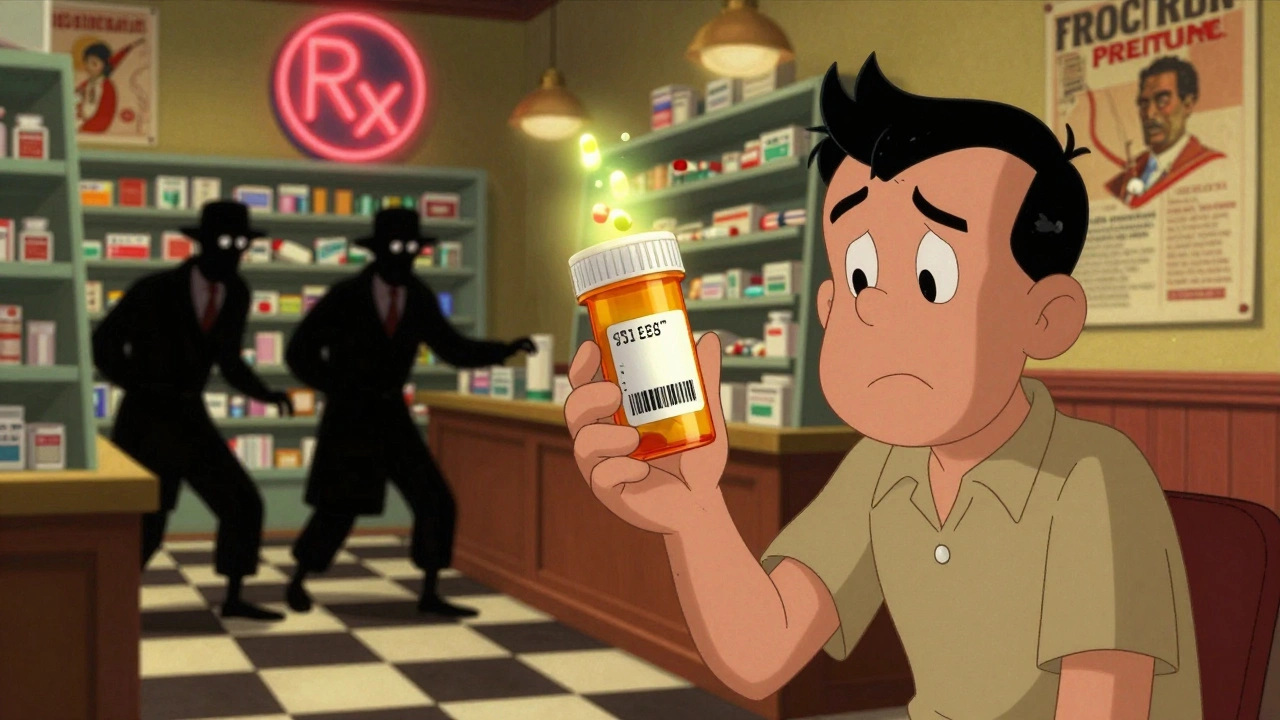
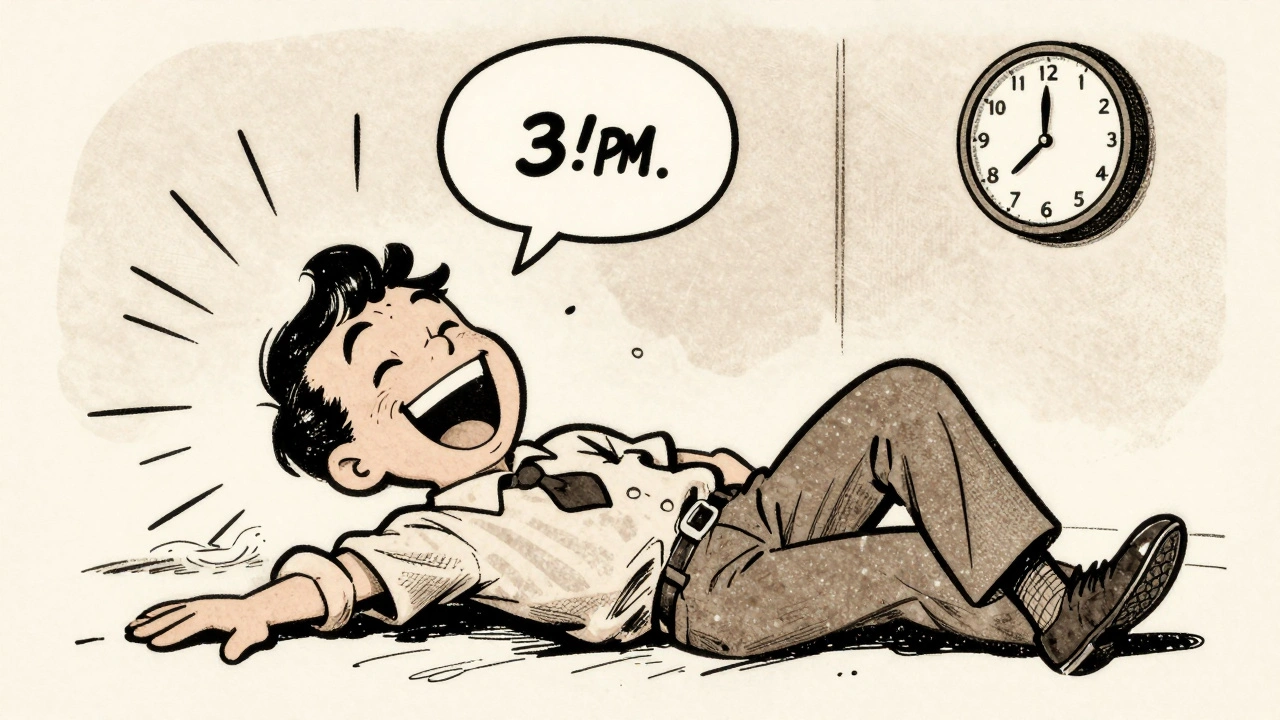
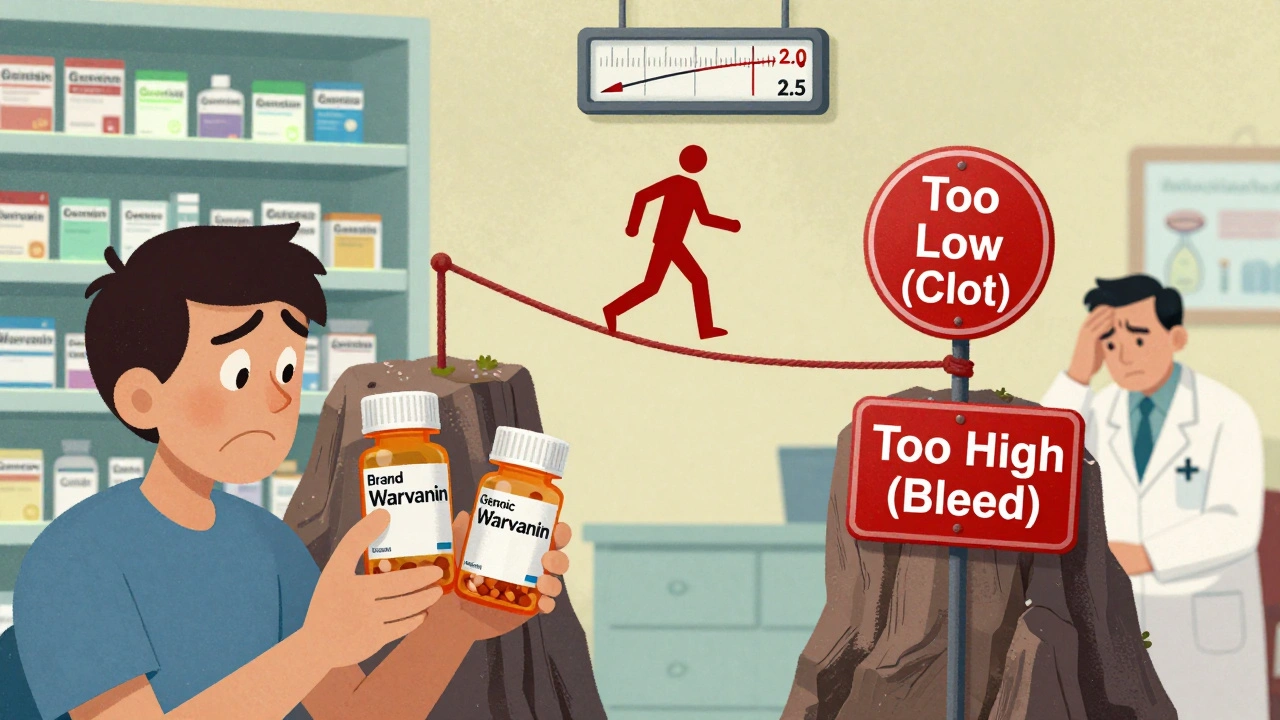
John Mackaill
November 23, 2025 AT 11:00I used to throw all my meds in a pill organizer until I got detained in Dubai for having Xanax in a plastic case. No joke. Took 8 hours, got fined, and lost my meds. Now I pack every bottle with the original label-even my ibuprofen. Worth the extra space.
Don’t risk it. Just pack the damn bottle.
Adrian Rios
November 23, 2025 AT 11:33Okay, I’m gonna say it: the TSA doesn’t care. But customs? Ohhh, they care. I’ve flown to 42 countries in the last 5 years, and I’ve never once been hassled because I kept everything in original bottles with prescriptions printed out and a doctor’s letter folded in my passport holder. It’s not about rules-it’s about reducing friction. When you’re exhausted at 3 a.m. in Seoul with a 45-minute layover, you don’t want to be the guy explaining why your Adderall isn’t labeled. That’s not paranoia. That’s strategy. And if you’re flying internationally, your pill organizer is just a liability with a lid. I even label my OTC stuff now-NyQuil, melatonin, everything. Because once you’ve been pulled aside for ‘suspicious substances’ while your flight boards without you? You never forget it. And no, the QR code system isn’t here yet. Don’t bet your trip on tech that doesn’t exist.
Casper van Hoof
November 24, 2025 AT 16:55It is an interesting epistemological paradox that while the Transportation Security Administration explicitly permits the carriage of pharmaceuticals in non-original containers, the practical consequences of doing so are disproportionately severe due to the operational constraints of border control agents who lack pharmacological training. This creates a de facto normative standard that supersedes statutory permissibility, thereby illustrating the gap between legal theory and bureaucratic practice. One might argue that this constitutes an informal regulatory regime emergent from institutional inertia and risk aversion. The solution, then, is not to challenge the system, but to conform to its latent expectations-thereby optimizing for efficiency rather than ideological purity.
Richard Wöhrl
November 25, 2025 AT 19:52Important note: if you’re on insulin, epinephrine, or any temperature-sensitive medication-DO NOT check it. I once had a friend’s insulin spoil in checked luggage during a 14-hour layover in Chicago. He went into diabetic shock. He’s fine now, but he was in the ER for three days. Always carry it. Always. Also, if you’re using a pill organizer, take a clear photo of each original bottle with the label visible-save it in your phone, email it to yourself, AND print a copy. I’ve seen officers let people through just because they had a photo-even if the bottle wasn’t there. It’s not ideal, but it’s better than nothing. And for liquids: declare them BEFORE you get to the scanner. Say it loud. Say it clearly. ‘I have medically necessary liquids.’ Don’t wait for them to ask. They’ll assume it’s perfume until proven otherwise. And yes, ice packs are allowed-but only if you say so. No one thinks to mention them. Don’t be that person.
Pramod Kumar
November 26, 2025 AT 13:38Bro, I’m from India and I fly to the US every 3 months with my ADHD meds. Adderall? Illegal there? Yeah. But I’ve never had a problem because I pack the bottle, the prescription, and a letter from my doc in Mumbai-all in English, stamped, notarized. I even carry the blister pack with the pharmacy logo. People think it’s overkill. Nah. It’s peace of mind. Once, at JFK, an officer laughed and said, ‘You’re the only one who comes with all this paperwork.’ I said, ‘And you’re the only one who doesn’t have to explain why I’m alive.’ That’s the vibe. Be the guy who’s prepared, not the guy who’s a problem.
Brandy Walley
November 27, 2025 AT 03:52shreyas yashas
November 27, 2025 AT 17:29My aunt got pulled over at Singapore airport for carrying a bottle of cough syrup with codeine. She thought it was fine ‘cause it’s OTC in the US. They held her for 12 hours. She cried the whole time. Now she only flies with original bottles and a printed note from her doctor-even for Tylenol. I used to think it was dumb. Now I pack like I’m smuggling gold. Because it’s not about the pills. It’s about not getting stuck in some foreign jail because you were lazy.
Vivian C Martinez
November 28, 2025 AT 11:25Just a quick tip for anyone with anxiety or depression meds: if you’re traveling to a country where those are controlled substances, call the embassy ahead of time. They can give you a list of approved alternatives or even help you get a temporary permit. I did this before going to Japan with my SSRI, and they emailed me a one-page form I filled out and carried with my bottles. It took 3 days to process, but it saved me from a nightmare. Don’t wing it. Reach out. They’re there to help.
Ross Ruprecht
November 30, 2025 AT 06:24I just throw everything in my bag. Never had an issue. TSA doesn’t care. If they do, I say ‘it’s mine’ and they let me go. This whole post is fearmongering. Also, I don’t have a doctor’s letter. I don’t need one. I’m not a criminal.
Lisa Lee
December 1, 2025 AT 09:24Why do Americans think they can just bring their pills anywhere? You think the world owes you your Adderall? You think Canada or the UK gives a damn about your ‘personal use’ excuse? Pack your meds properly or stay home. This isn’t a privilege-it’s a privilege you’re abusing. Get your act together.
Charmaine Barcelon
December 3, 2025 AT 09:00You should always have your meds in the bottle. Always. Always. Always. No exceptions. You don’t know what people might think. What if someone sees your pills and thinks you’re selling them? What if you’re on a flight and someone gets scared? What if you’re in a country where they don’t understand English? You need the bottle. You need the label. You need the doctor’s note. You need the prescription. You need everything. Don’t be the person who gets arrested because you were lazy.
Karla Morales
December 4, 2025 AT 11:36🚨 Just a heads-up: I just got off a flight from Miami to Dubai, and the officer asked me to open my pill organizer. I had 3 different meds in it. I panicked. I showed him my phone photo of the bottles. He smiled. Said, ‘Good thinking.’ Then he let me go. 📸📱 So yes, original bottles are ideal-but if you’re in a bind, a clear photo saved on your phone (with the label visible) can save your trip. I’ve done it twice now. Just make sure the photo is high-res. No blurry pics. And don’t wait until you’re being questioned to look for it. Have it ready. 💉✈️
Javier Rain
December 4, 2025 AT 22:55Listen. I’m not a lawyer. I’m not a doctor. But I’ve flown 200,000 miles in the last 3 years with chronic pain meds. I used to use organizers. Now? I pack the bottles. I print the prescriptions. I carry the letter. And guess what? I’ve never been delayed. Not once. I used to think this was overkill. Now I think it’s the bare minimum. You’re not being paranoid-you’re being smart. And if you’re still using a pill organizer? You’re playing Russian roulette with your health and your freedom. Don’t be that person. Pack the bottle. You’ll thank yourself at 3 a.m. in Frankfurt.
Laurie Sala
December 6, 2025 AT 16:30I hate this. I hate that I have to carry all these papers. I hate that I can’t just take my meds like a normal person. I hate that I’m treated like a criminal. I hate that I have to explain myself every time. I just want to get on the plane. Why is this so hard? 😭
Lisa Detanna
December 8, 2025 AT 03:52I’m a cultural mediator for travelers with mental health conditions. I’ve helped people from 17 countries navigate medication laws. The truth? Most countries don’t want to punish you. They just want to know you’re not trafficking. Original bottles + a doctor’s letter = instant trust. I had a woman from Brazil get stopped in South Korea with her antidepressants. She had the bottle, the prescription, and a letter written in Korean (translated by her embassy). They gave her a handshake and a free coffee. That’s the power of preparation. You’re not a suspect. You’re a traveler. Make them see that.